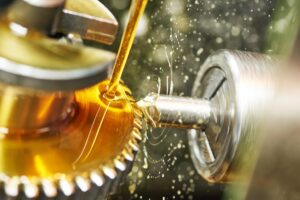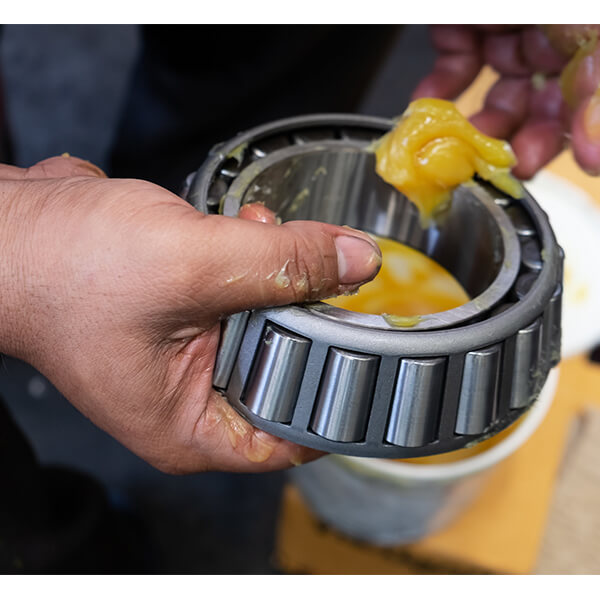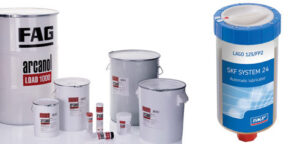- Home
- Lubricants
- GREASE & LUBRICANTS
GREASE & LUBRICANTS
A true grease consists of an oil or other fluid lubricant that is mixed with a thickener, typically a soap, to form a solid or semisolid. Greases are usually shear-thinning or pseudo-plastic fluids, which means that the viscosity of the fluid is reduced under shear stress. After sufficient force to shear the grease has been applied, the viscosity drops and approaches that of the base lubricant, such as mineral oil. This sudden drop in shear force means that grease is considered a plastic fluid, and the reduction of shear force with time makes it thixotropic. A few greases are rheotropic, meaning they become more viscous when worked. Grease is often applied using a grease gun, which applies the grease to the part being lubricated under pressure, forcing the solid grease into the spaces in the part.
Share
Grease and lubricants are used to lubricate equipment and prevent damage through metal to metal contact. Grease is oil mixed with a thickener and other additives. It holds solid lubricants in suspension, such as molybdenum disulfide (moly) and graphite. Grease provides additional viscosity that increases the energy used to operate machines. Greases consist of a thickening agent dispersed in a liquid lubricant such as petroleum oil or a synthetic fluid.










